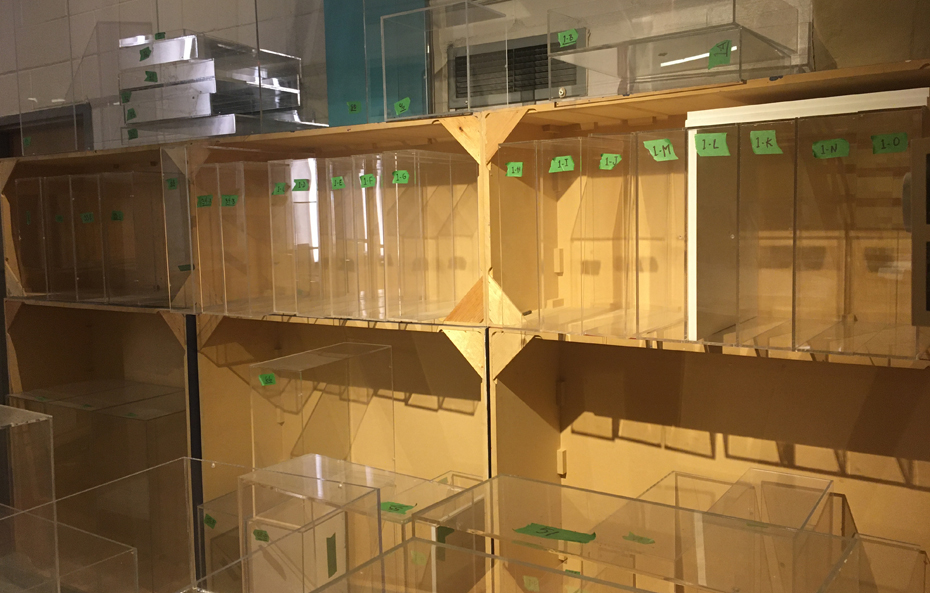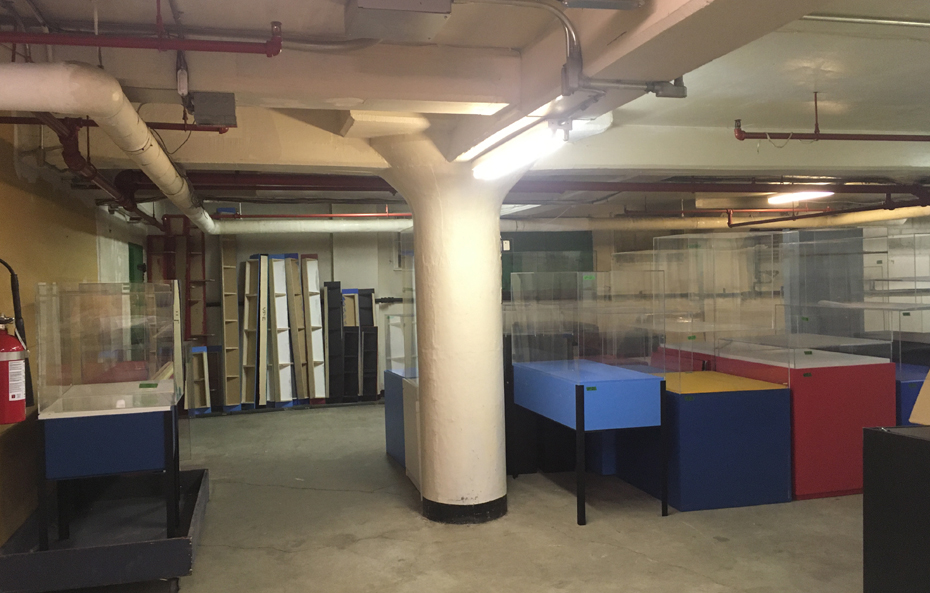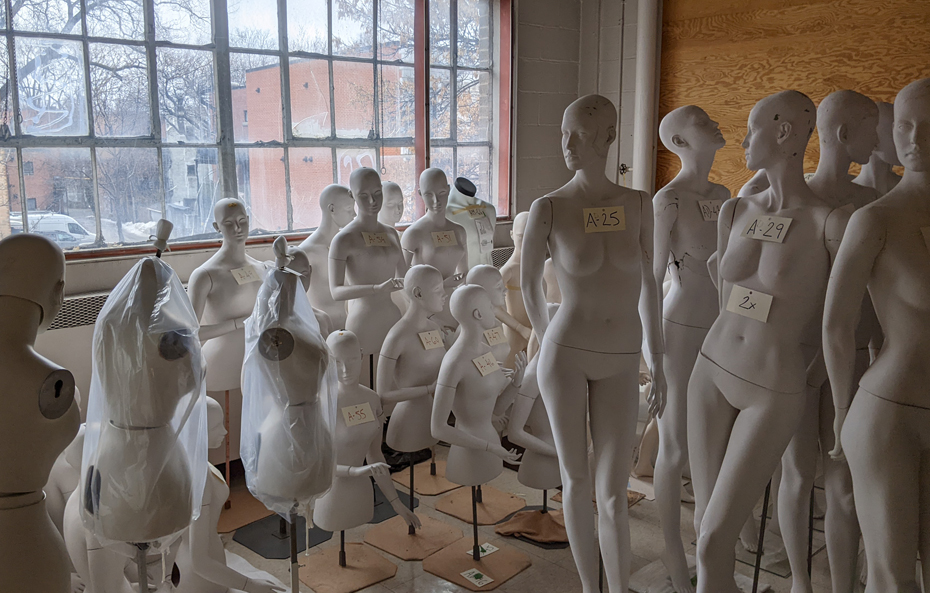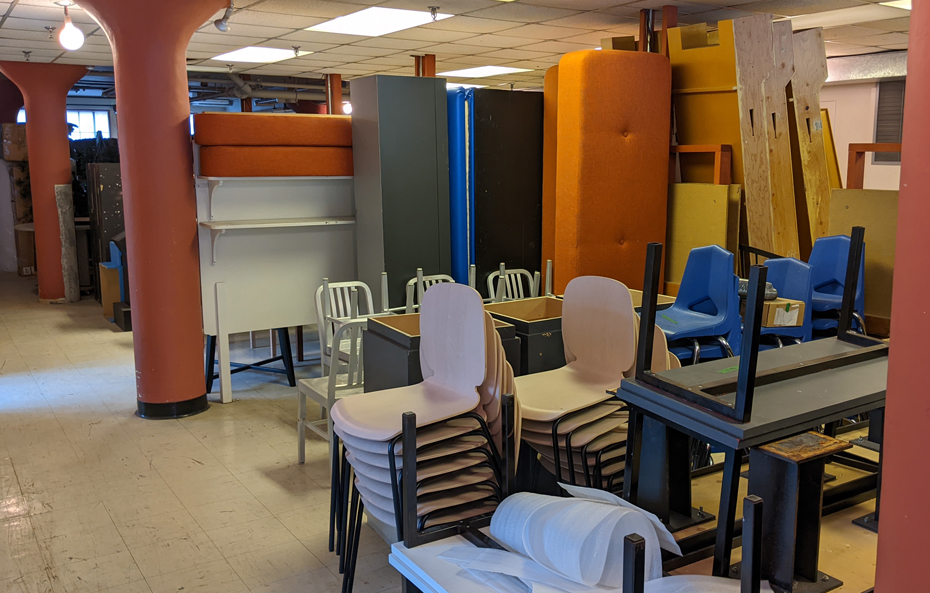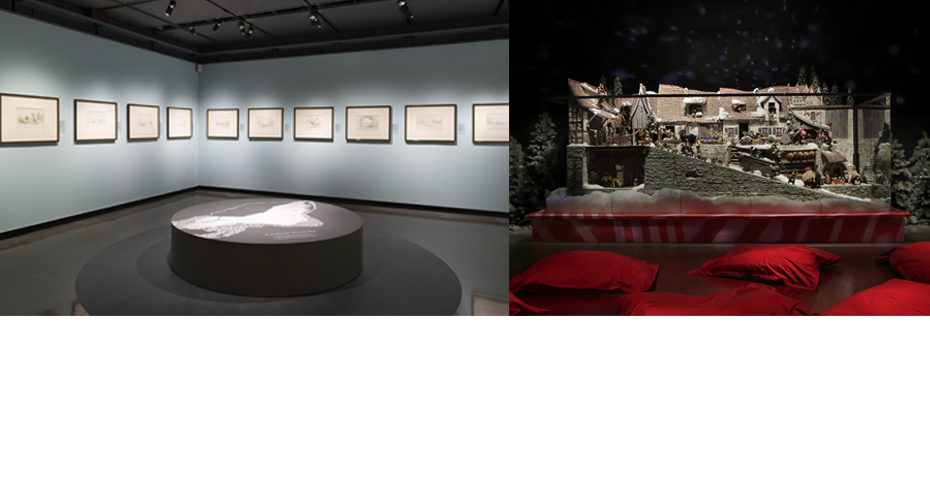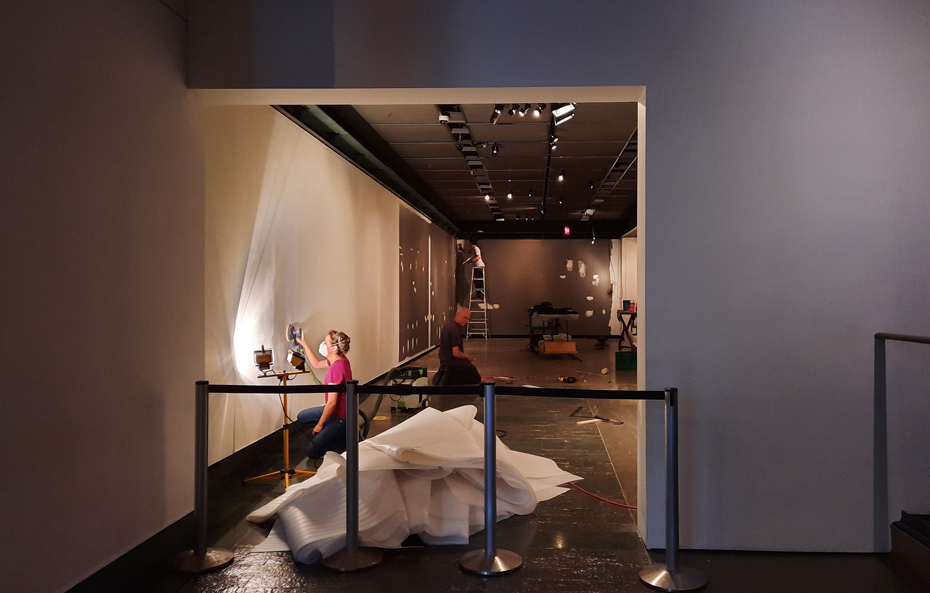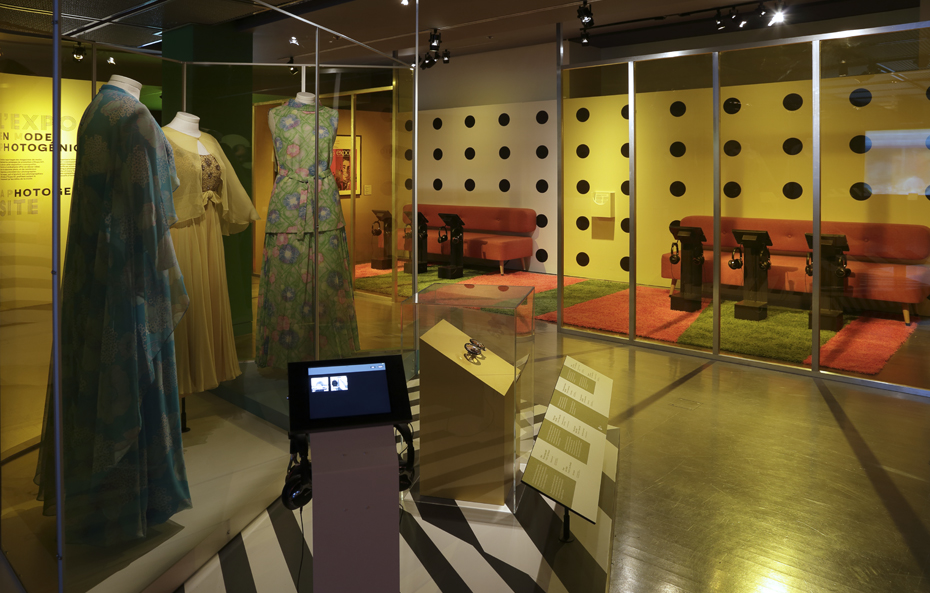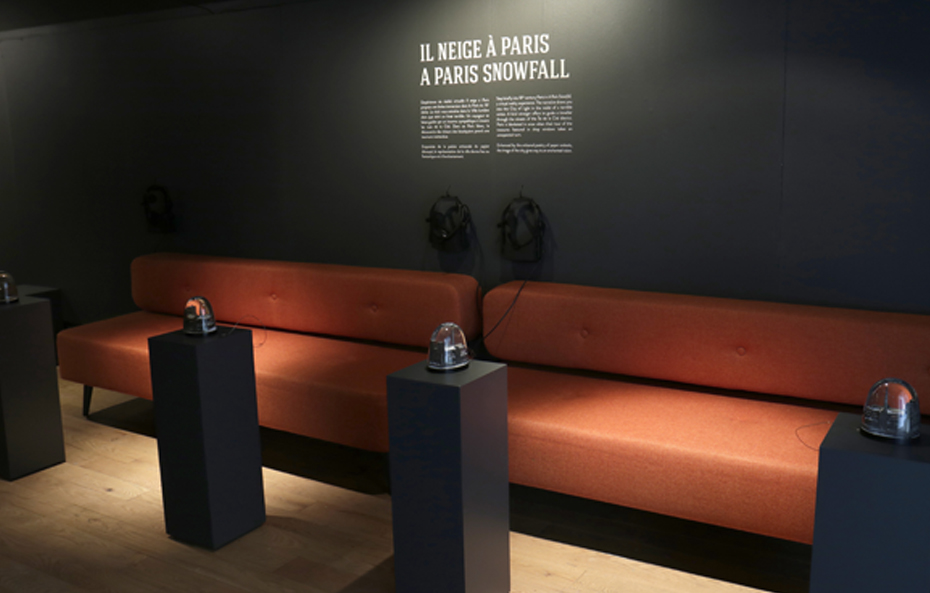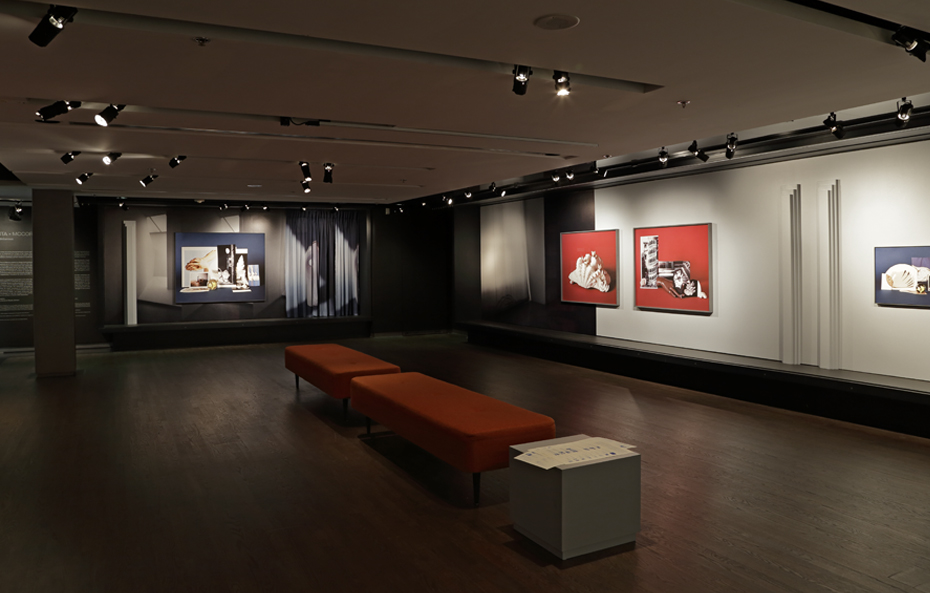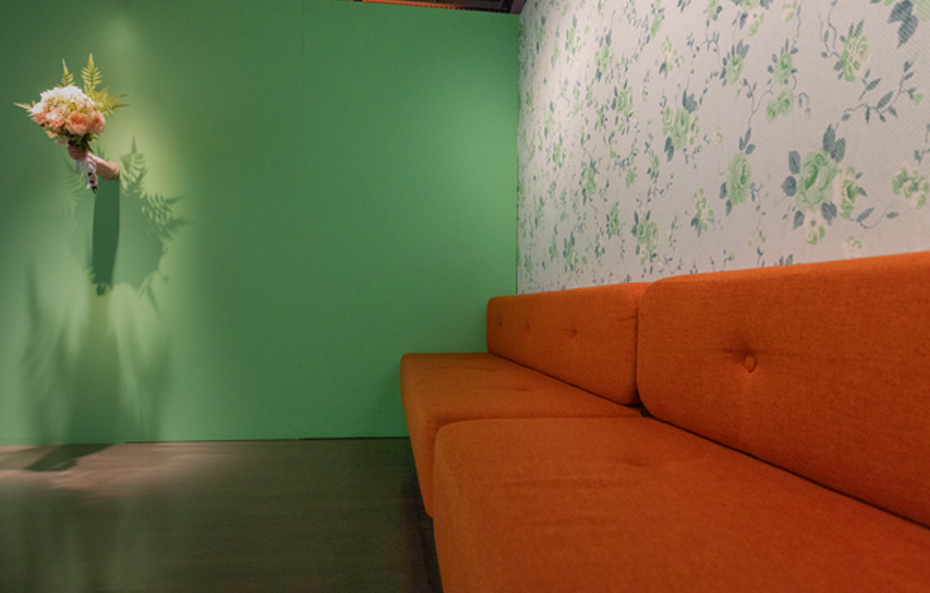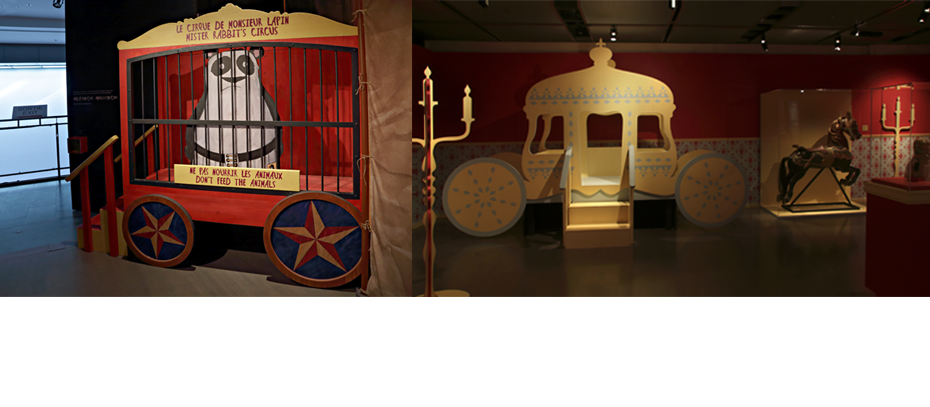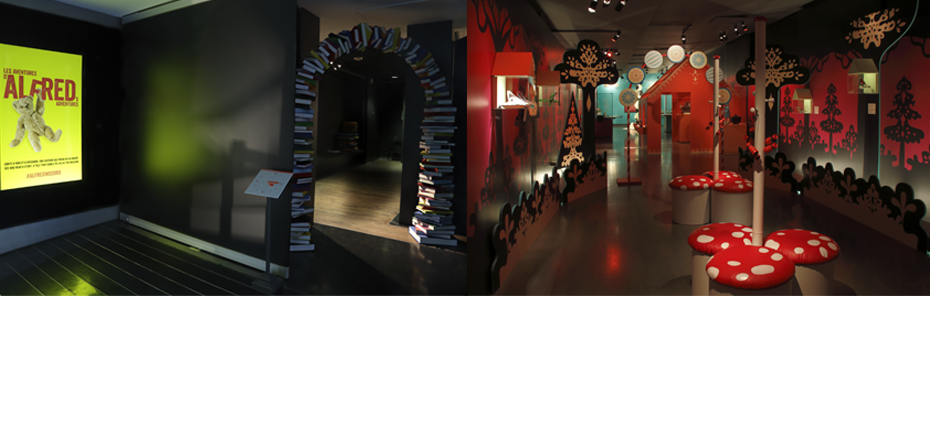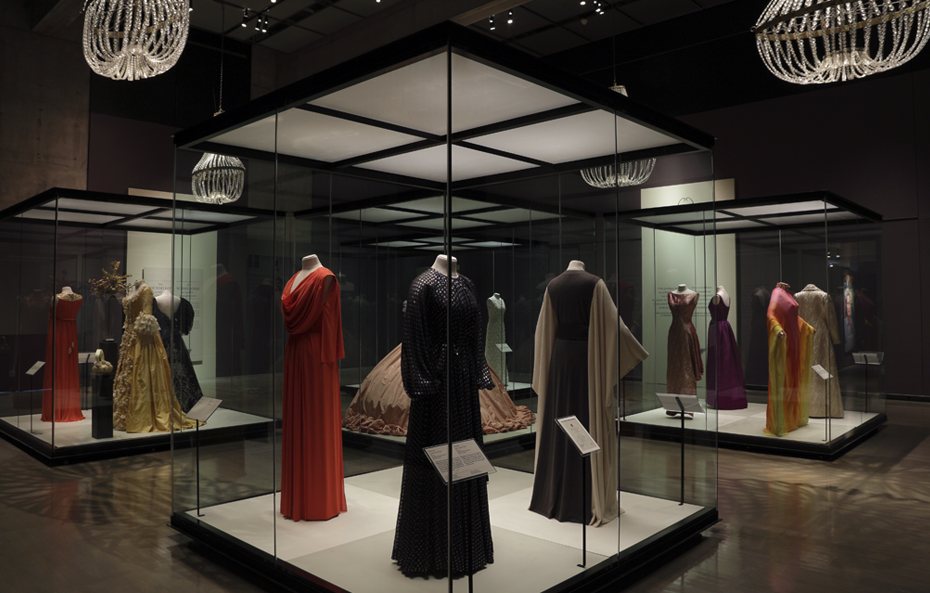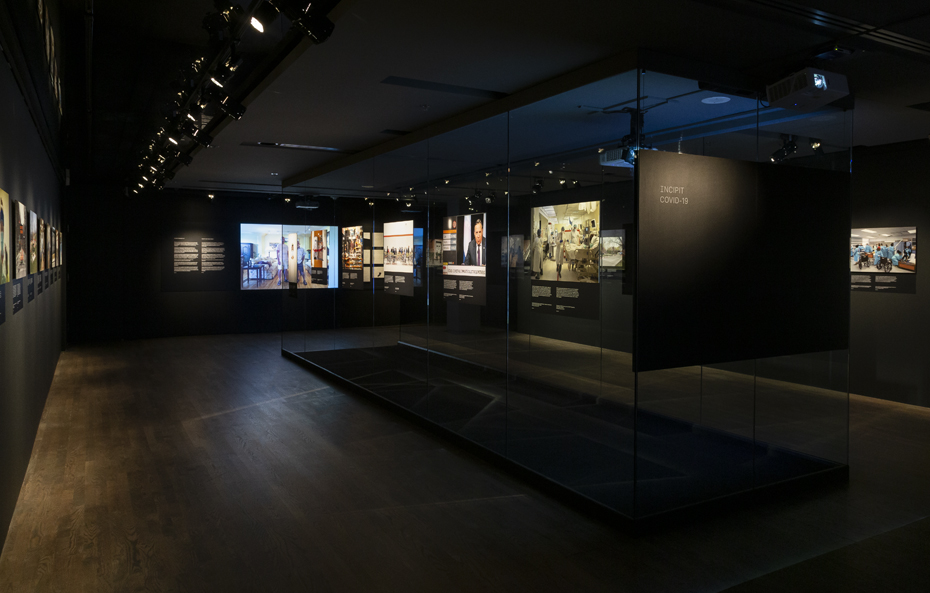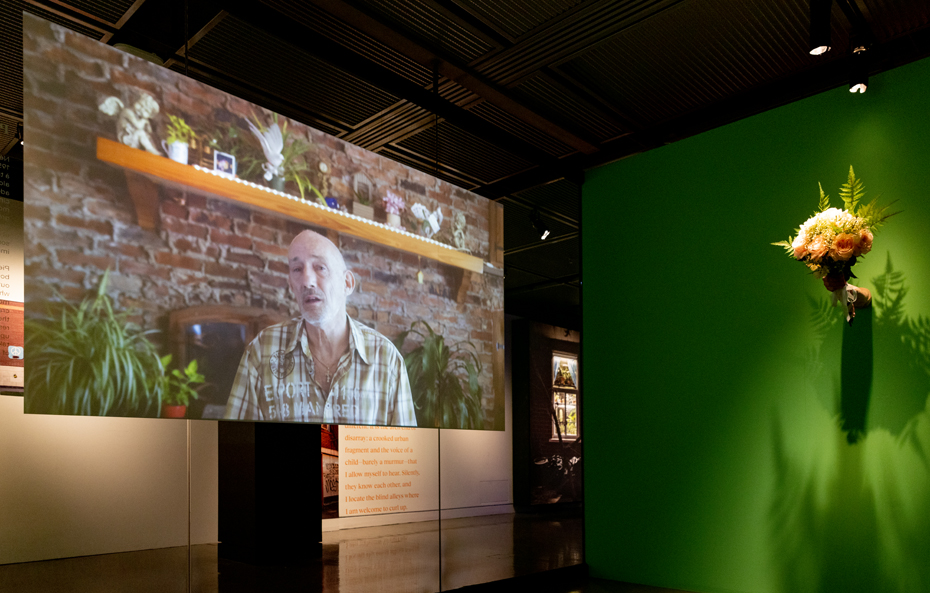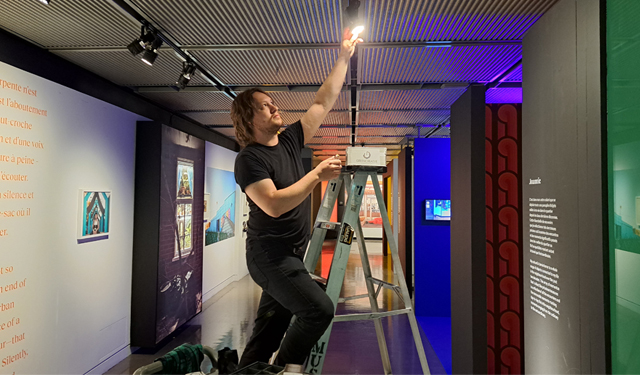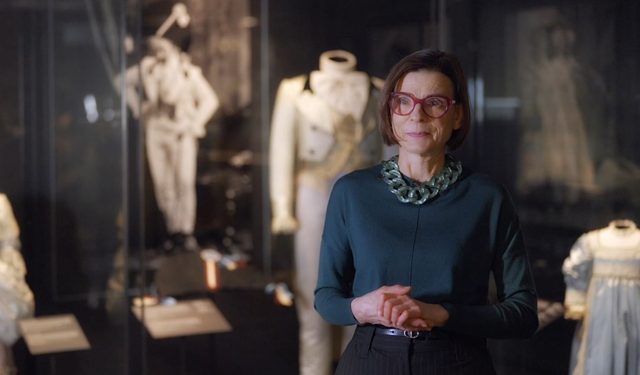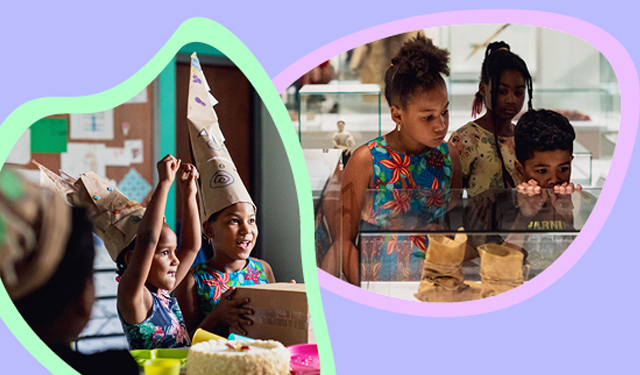The role of creativity in eco-design
Learn how the Museum's teams use various eco-design strategies to reduce the environmental impact of exhibitions.
January 11, 2024
Environmentally aware and convinced that museums can play a part in the transition to a more sustainable future, the McCord Stewart Museum has set itself the goal of minimizing the waste generated by short-term installations like exhibitions. To achieve this, the Museum teams who work on these productions employ various eco-design strategies to reduce their environmental impact, such as reusing and adapting existing components.
| See our sustainable development policy |
Think modular and reusable
One of the Museum’s primary functions is to preserve our heritage for future generations. Its collections are carefully stored in environmentally monitored and controlled conditions to prevent further deterioration and maximize the life span of the objects. Although the public does not have access to these storage areas, it does know about them.
What the McCord Stewart Museum’s clientele may not know, however, is that the institution has also stockpiled an assortment of display cases, walls, benches, accessories, frames and audiovisual devices for future use. In fact, one of the main eco-design strategies adopted by the Museum is reuse.
The Museum has a long history of reusing furnishings to create exhibitions. A number of walls, display cases and frames have been stored at the Museum for over 30 years! Following the Museum’s major expansion project in 1992, most of the furnishings made for the reopening were designed to be modular, reusable and adaptable for various future projects. This is the case, for example, for most of the frames used in the exhibition Becoming Montreal: The 1800s Painted by Duncan and the display cases that hold Ogilvy’s mechanical window The Enchanted Village during the holiday season.
Keeping and reusing furniture over such a long period requires meticulous work from a dedicated technical team who takes the time to clean, maintain, repair, reinforce, paint and install the various decorative elements and furnishings.
The orange banquettes are a prime illustration of the Museum’s practice of reusing furniture. Custom-made for the exhibition Fashioning Expo 67 in 2017, they were brought back a second time in the 2018 exhibition Paris on Display and a third time for the 2019 exhibition Celia Perrin Sidarous: The Archivist. Then, six years after their purchase, they appeared to have been designed specifically for the 2023 exhibition Hochelaga – Evolving Montreal.
Modify existing elements
Another eco-design strategy used by the Museum is to modify existing furnishings. The technical team has mastered the art of altering, reworking and adapting our exhibition design elements to suit the needs of new projects. Since a picture is worth a thousand words, here are several examples of these metamorphoses.
Cage or carriage?
If you thought that the fairy godmother transformed a pumpkin into a carriage for Cinderella, think again! Thanks to the magic of the Museum’s technical team, the cage holding the panda in the 2015 exhibition Mister Rabbit’s Circus was transformed into a carriage for the 2017 exhibition The Topsy Turvy Storyland.
Books or candy?
In 2016, author and musician Suzanne De Serres created a story with words and music for the exhibition Alfred’s Adventures. To enter this incredible world, visitors stepped under an archway made of books.
For the exhibition The Topsy Turvy Storyland the following year, the archway of books was transformed into an archway of candy, delineating the doorway to the witch’s gingerbread house in the celebrated fairy tale Hansel and Gretel. As for the books, they were used to stock the bookshelves in the reading area set up in the same exhibition.
Versatile glass
In 2013, the Museum purchased second-hand glass display cases to present the garments in the exhibition From Philadelphia to Monaco: Grace Kelly – Beyond the Icon. Since then, these display cases have been used in over nine fashion exhibitions! One of their distinctive features is that they can be disassembled, meaning that the glass panels can be reused independently of the steel frames that compose the top and bottom of the display cases.
The technical team quickly saw the potential of these panes of glass and has devised various ways of using them in the decor of other exhibitions. For INCIPIT – COVID-19, presented in 2022, the panels created a glass corridor in which visitors stood to watch a video. In the exhibition Hochelaga – Evolving Montreal, they were a wall that doubled as a projection surface.
Reinvent the museum experience with the help of eco-design
With the collections they hold and the exhibitions they present, museums have the power to transport visitors to other places and times. The inventive settings designed for these exhibitions help immerse visitors in new worlds.
However, these undertakings have an environmental cost. That is why now, more than ever, a new perspective is called for. Once an exhibition is over, rather than seeing the materials used to mount it as waste, the Museum’s exhibition team has chosen instead to see them as resources. This will enable the Museum to reach one of the goals of its sustainable development plan: optimize resource use by prioritizing reduction at source and reuse.
Eco-design requires everyone—the Museum team and its external partners—to question their practices, change habits, and rethink old ways of doing. We need to be creative not only in our exhibition designs, but also in our search for new eco-design solutions.

